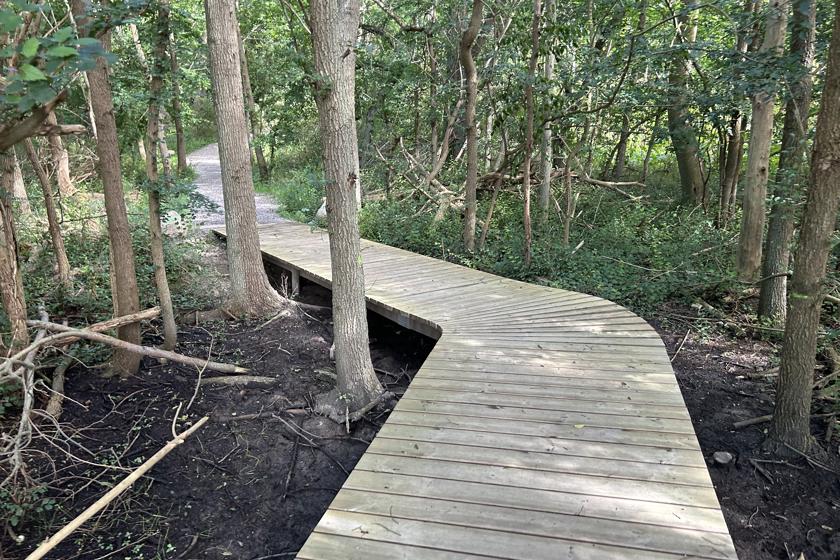Replaced Nature and Land
The planning of the Fehmarnbelt Tunnel builds on the experience gained from the fixed links across the Great Belt and the Øresund. These show that negative environmental impacts can be reduced through careful planning and execution of construction work.
On the Fehmarnbelt project, unavoidable impacts on areas where roads, tunnel factories, harbour facilities, etc., are established are mitigated by creating at least twice as much new natural habitat as the project displaces.

Better Protected Nature
Our goal is not only to leave behind more nature but also better-quality nature. The newly established areas are designed to develop into protected natural habitats. Therefore, we closely monitor all initiatives to ensure that nature evolves in a sustainable direction.
A good example is Lungholm Lake, which we created in 2020 alongside a new natural area east of the construction site in Rødbyhavn. After just four years, in 2024, the natural area was registered as protected nature, with a diverse range of birds and protected plant species.
Examples of Initiatives:
-
Over 600 hectares of new nature on the Danish and German sides
-
42 hectares of new stone reefs near Fehmarn
-
42 hectares of farmland converted to wetlands near Lidsø Estate
-
60 hectares of a nature belt near Rødby
-
Over 40 new ponds

